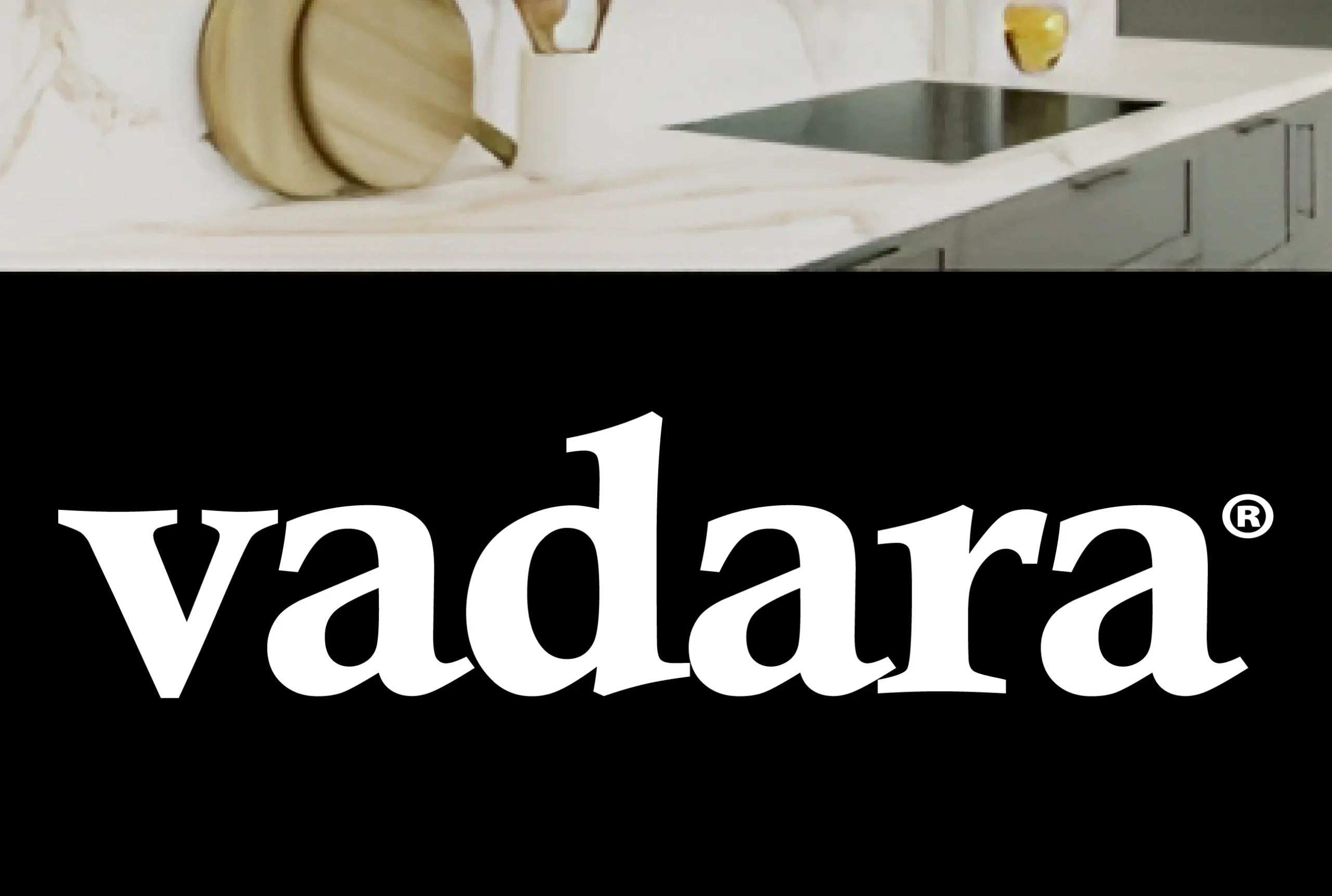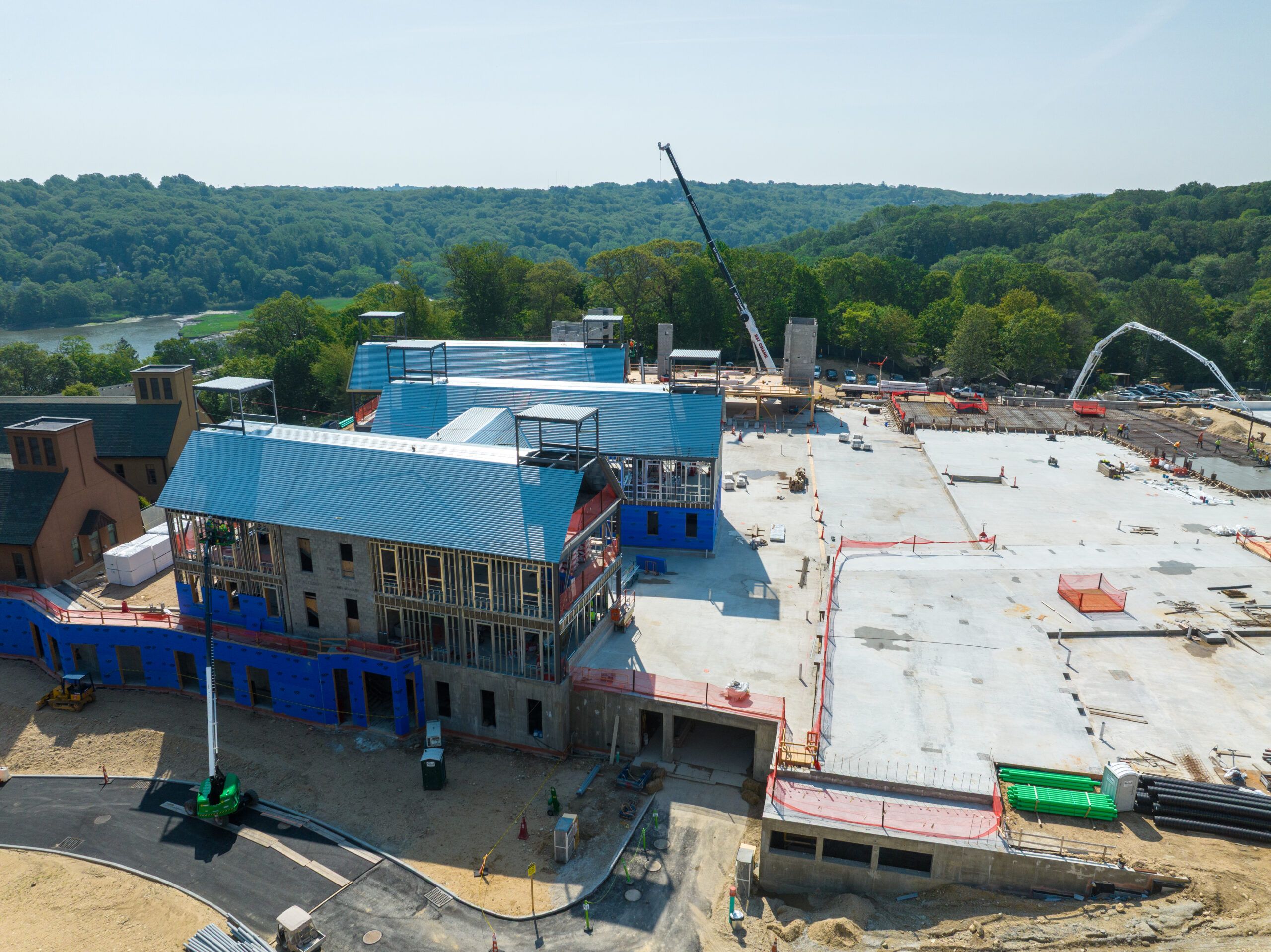If you’re upgrading your solar setup or replacing a part that just gave up, this question hits fast: How much does a solar inverter cost?
The inverter is the heart of a solar energy system. It’s what turns the electricity generated by your solar panels into usable power for your home or business. Without it, all that energy just sits there.
It’s also one of the more expensive parts of the system. So, whether you’re installing for the first time or planning an inverter replacement, here’s what actually affects the price, and how to make a smart decision that won’t come back to haunt you in five years.
What Does a Solar Inverter Actually Do?
Your solar panels produce electricity in direct current (DC), but your appliances run on alternating current (AC). The inverter converts that power so it works for your lights, fridge, and devices. Without a solar inverter, your system doesn’t do much.
But a good inverter does more than just flip DC to AC. It also:
- Regulates how electricity flows through your solar power system
- Monitors performance data
- Supports battery storage if you’re going solar off-grid, a good example is the Magnum Energy Inverter.
- Coordinates with grid systems if you’re staying connected
In short, inverters play a crucial role in any solar installation, and they’re not a corner you want to cut.
Types of Solar Inverters and How They Differ
When choosing an inverter, you’re not just picking a brand. You’re choosing how your system works.
1. String Inverter (a.k.a. central inverter)
One unit handles the output of all your solar panels. It’s cost-effective and reliable, but the whole string slows down if one panel underperforms (like from shade or dirt).
2. Microinverters
The system is installed on each panel individually. If one panel has issues, the rest still operate normally. This is great for maximizing solar output, especially if panels face different directions, but it comes at a higher cost.
3. Hybrid Inverter
A string inverter that also manages solar batteries. If you’re considering a solar power system with storage, this is your best bet. It handles both solar production and energy storage without needing a separate inverter later.
Solar systems have pros and cons with each type, but the right fit depends on your goals, roof, and budget.
What Impacts the Cost of a Solar Inverter?
Here’s what really affects solar inverter price, and where you might spend more than expected:
1. Type of Inverter
String inverters are the most affordable. Hybrid inverters cost more because they handle more functionality. Microinverters, one for each panel, have the highest cost per watt due to their quantity.
2. System Size
Larger solar panel systems require higher-capacity inverters. A 10kW solar power system will need a more robust inverter than a 3kW system. And a bigger inverter with a capacity to grow usually costs more up front.
3. Brand and Warranty
Reputable solar inverter brands often come with longer warranties and better support. That adds to the cost, but it can prevent headaches when something fails in year eight.
4. Installation and Compatibility
Inverter installation can be simple or complex. Replacing a string inverter with a hybrid one might require rewiring or reprogramming. And if you’re installing power optimizers or using solar batteries, you’ll need an inverter that can handle that load.
5. Add-Ons and Monitoring Features
Advanced monitoring systems, smart grid-ready features, and built-in battery controls all bump up the price, but may be worth it depending on your setup.
“Solar inverters with higher efficiency ratings , often approaching 98% , can cost more upfront, but they minimize energy losses during conversion, making them more effective over the system’s lifespan.”
— Wikipedia, Photovoltaic System Overview
So, What Does a Solar Inverter Cost?
Here’s a general breakdown of inverter costs by type:
| Inverter Type | Price Range |
| String Inverter | $1,000 – $2,500 |
| Hybrid Inverter | $1,500 – $3,500 |
| Microinverter | $200 – $500 per panel |
Inverter cost can vary depending on wattage, brand, and features. For most residential solar installations, the cost of the inverter ends up being about 10–15% of the total cost of your solar system.
A complete microinverter setup could cost over $3,000 in inverter hardware alone, but delivers excellent panel-level performance tracking and efficiency.
How Long Does a Solar Inverter Last?
The average solar inverter lasts between 10 and 20 years, depending on type and conditions.
- String inverters: usually 10–15 years
- Hybrid inverters: often 12–18 years
- Microinverters: up to 20+ years in cooler climates
Eventually, you’ll need to replace the inverter. And yes, the cost of replacing a solar inverter is typically the same as the initial purchase unless your system has changed.
If You’re Replacing a Solar Inverter
If your system’s acting up and you need to replace your inverter, here’s what to check first:
- Does your current unit still meet today’s efficiency standards?
- Are you planning to expand or add solar batteries?
- Is a hybrid inverter a better fit now than it was when you started?
Also, see if your warranty still applies. A solar inverter replacement under warranty might cost you nothing. Without it, you’ll likely pay $1,000 to $3,000 depending on the system size and labor.
Should You Upgrade to a Hybrid Inverter?
If you plan to install off-grid solar panels or add batteries in the next few years, a hybrid inverter makes a lot of sense. Even if you’re not using storage yet, it sets you up for a cleaner upgrade path.
But if you’re running a grid-tied system, don’t plan to store power, and aren’t expanding anytime soon? Stick with a string inverter. Lower overall cost, fewer moving parts.
Tips for Choosing the Right Inverter
- Match the inverter to the system size, don’t overspend.
- Choose one with at least a 10-year warranty.
- Ask your solar installer to quote two or three options.
- If you might expand your system, size the inverter accordingly.
- Don’t pay for hybrid features unless you’ll use them.
Choosing the best inverter is less about brand and more about system fit. The cost of a solar inverter that’s too large or too advanced for your setup is just wasted budget. For a comprehensive selection of quality inverters and expert guidance, TheSolarStore offers options that match various system requirements and budgets.
FAQ
How much does it cost to replace a solar inverter?
Usually between $1,000 and $3,500, depending on size and type.
What part of a solar panel system is the inverter?
It’s the part that converts DC power generated by solar panels into AC for your home.
Can I install it myself?
No, DIY installation could void warranties and local code unless you’re licensed.
How do I know if my inverter is failing?
You’ll see reduced output, strange error messages, or total shutdown.
Does every system need an inverter?
Yes. You need an inverter to convert electricity generated by your solar panels into usable home energy.
Final Thoughts
The inverter is a crucial part of your solar investment, whether you’re on the grid or building an off-grid solar system. It connects your solar photovoltaic panels to your home and the grid, determining whether your energy is usable, storable, or wasted.
Expect to pay $1,000 to $3,500, depending on type, size, and features. A hybrid model is worth it if you’re planning for storage or want to future-proof. If you’re keeping things simple, a well-matched string inverter gets the job done.
Either way, don’t overlook it. The inverter plays a crucial role in your solar system’s performance, and the wrong one can quietly cost you thousands over time.











